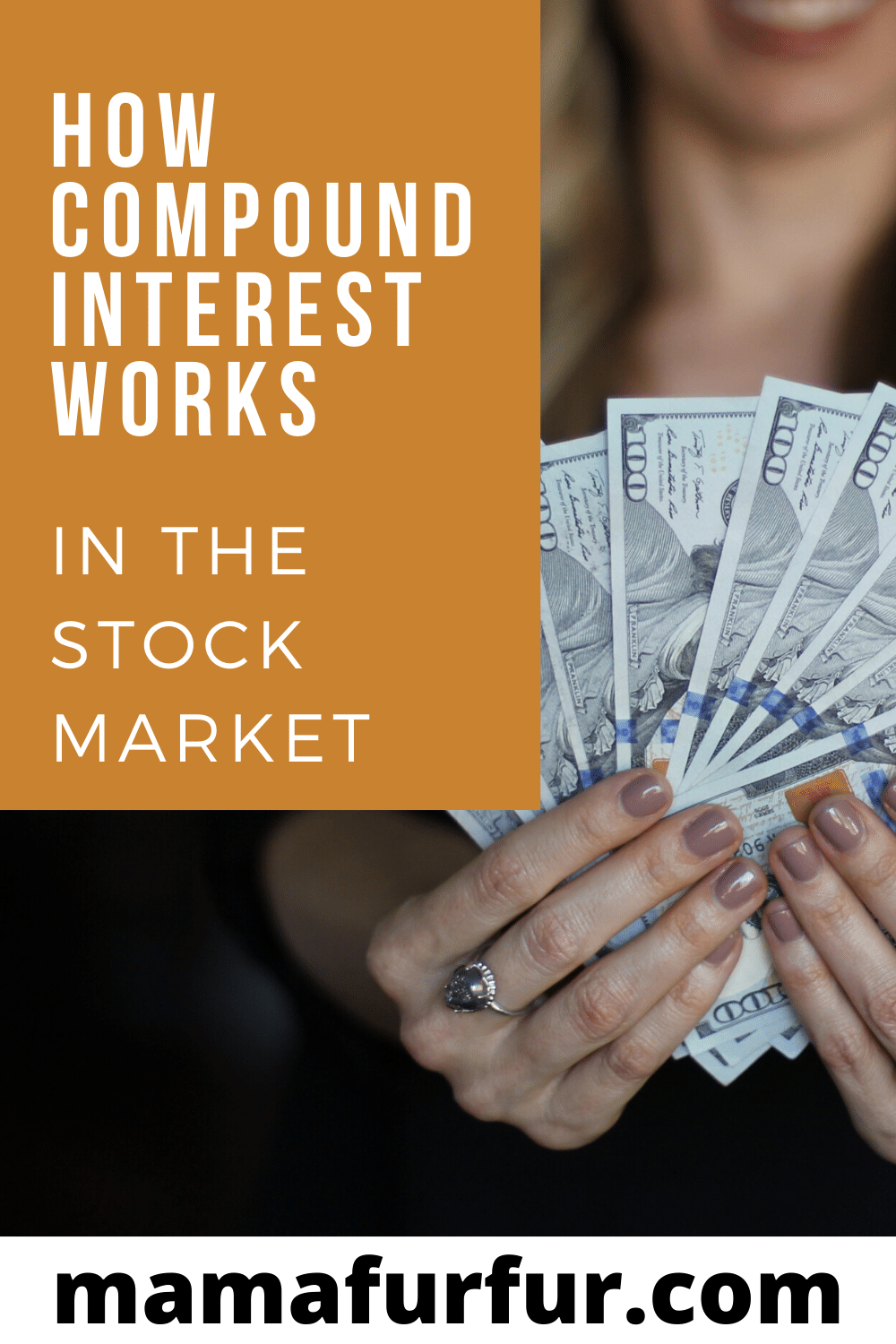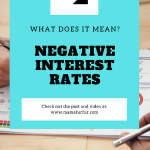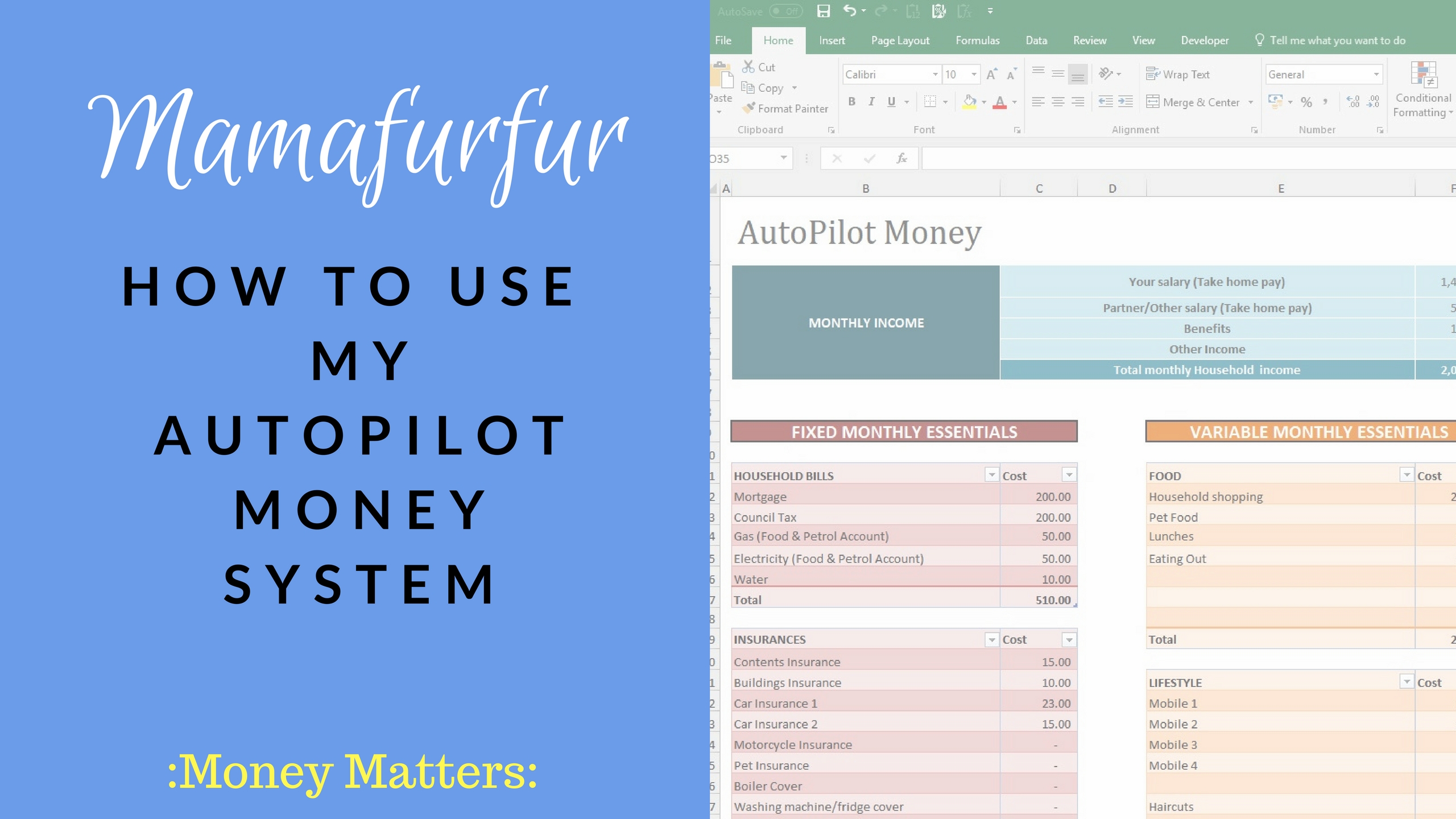 Ever wondered How Compound Interest works in the Stock Market?
Ever wondered How Compound Interest works in the Stock Market?
Let me break this important concept down for you and how you can gain “interest” using the stock market and investing in it.
One of the most common questions that I’m asked to do with stock market and investing is how does compound interest or gaining growth on your portfolio work?
How do we turn that pot of money actually into something that we could live off potentially?
What is Simple Interest and Compound Interest?
Albert Einstein very famously said “Compound interest was the EIGHTH wonder of the world” so understanding this I think is going to be a great concept for you long term in your life not just with money but to all areas of your life.
Compound interest is defined as Interest gained on your original investment plus additional interest gained on that interest.
The longer you leave it over time it acts as a multiplier on our money, not only are you making money on the money we’ve deposited, we’re also making more money on that interest gained over time.
Simple interest is interest gained only on the amount we actually deposit only therefore is completely dependent on the actual money we place in our investments.
In my above Youtube Video you can see these concepts broken down with some working number examples to help here further. Be sure to check it out!
How do we get effectively “Compound Interest” from the Stock market?
Compound interest from the stock market is best explained by the fact you don’t there’s not an option to opt in for simple interest over compound interest stocks.
However what we do get is two distinct things that act as if they are “interest”.
What we get when we actually buy a stock or a fund or a mutual fund we exchange our cash for owning part of that company.
With an index fund, your cash buys you one piece of all the companies in that fund tracking that market – for example the S&P 500 index fund buys you one piece of the top 500 companies on that day in the USA at that day’s market value.
Effectively the longer you hold that fund ideally the price to own that same ratio will have increased, and then the day you sell it eventually you have sold it for a profit compared to the day value you bought it for.
Compound Interest using Dividend Paying Funds
Another way to make “interest” or growth profit on your funds is to pick dividend-paying companies.
That is effectively a profit sharing option – you’ve bought a part of a company and as a way of “thanking you” for actually buying into them initially they’re going to give you part of their profits depend on how much of the company you own.
There are even index funds that track the major global Dividend paying companies, so even if you prefer to track a whole market you can still have an option here to make profits back on your initial investment.
This dividend payment can be once a quarter or once a year depending on the company, and also a company doesn’t need to pay a dividend payment every year.
Make sure you understand which of the two “interest” or growth methods you would prefer when you start to invest, and you can even decide to have a mixture of the two which is what I do for our family.
How Investments become a Passive income
Using the stock market for growing your wealth and compounding interest on your initial investment is long term strategy.
It is not a get-rich-quick scheme and just the same way your pension is invested in the stock market, we know that we have to leave it long-term because the value of the companies and our funds are relative to the market on that day.
It can go up and it can go down, therefore to smooth out those real life companies making profits and losses we need to zoom out and leave our money long term (minimum of 5-10 years) to avoid major losses whilst picking the best funds that meet our requirements and risk levels
How to start investing in the UK
The great thing in the UK is we actually currently get £20k per person that you can deposit into the stock market and any increase, any growth, with any dividends that you make are tax-free if you use an Investment ISA (Individual Savings Account) as your platform to start investing.
You can find out more about Investment ISAs and even opening one with Vanguard (an investment company) here:

 Ever wondered How Compound Interest works in the Stock Market?
Ever wondered How Compound Interest works in the Stock Market?







